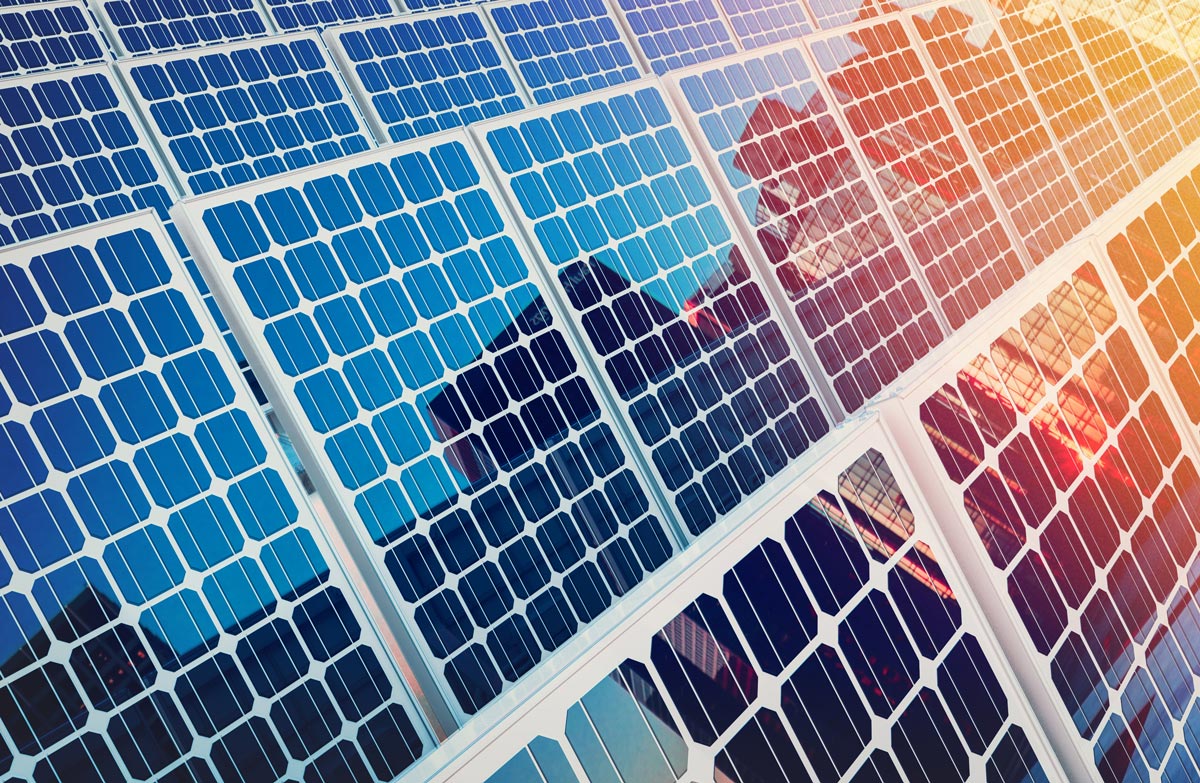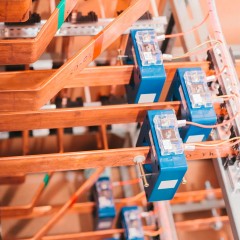The energy transition will involve major changes to energy infrastructure. As renewable sources of energy are increasingly integrated into the system, energy consumers are coming to play an active part in the energy market. In the future smart grids will make it possible to coordinate providers, consumers and storage facilities in real time, with the aim of using the system‘s capacities to the full and manage energy intelligently. With pioneering smart grid technologies cross-sector coupling (linking electricity, heat and transport systems together efficiently and reliably) should be feasible.
To fulfil the new demands on our electricity grids, smart, flexible components will be needed. This applies not only to high- and medium-voltage networks, but also to low-voltage networks, all the way down to secondary circuits in industry and small-scale manufacturing.
Storage systems count as a vital element in implementing the energy transition. While storage systems will be used to ensure grid stability as renewables‘ share of supply increases (so that the rate of supply tends to fluctuate more), for various stakeholders in the energy system electrochemical storage systems may be interesting from an economic point of view in future. For instance, storage systems in owner-occupied dwellings make it possible to increase the extent to which electricity from, say, local photovoltaic (PV) facilities is used on the premises, yielding financial benefits.
From research to actual practice
For many years new technologies and strategies for a smart energy future have been developed and tested under real-life conditions in Austria, as part of demonstration projects and field tests in the smart grid model regions. In this issue we present some current research projects focussed on novel components for efficient energy management and on control strategies for storing electricity from renewables locally. Some of these pioneering solutions have already been tested under real-life conditions in Austrian communities in collaboration with local stakeholders, making it possible to evaluate and develop them further.
SET-PLAN Action 4
Austrian research and technological development in the field of smart energy systems is tied into the EU‘s strategies for a sustainable energy supply system. The European Strategic Energy Technology Plan (SET-Plan) is the technological mainstay of the European Energy Union. In the implementation plan SET-Plan Action 4 “Increase the resilience and security of the energy system” (published in January 2018), two new flagship initiatives were formulated. One of these requires technologies for fine-tuned, reliable, efficient power grids in Europe to be developed further. Here the focus is on tying in electricity from renewables (fed in at fluctuating rates) by making the system flexible, increasing customer participation, plus storage facilities and coupling different sectors together. The other initiative is focussed on developing integrated local and regional energy systems, addressing not only the electricity sector but also other research topics such as flexible heat grids. Special emphasis will be placed on the fields of digitalization and smart services.
www.nachhaltigwirtschaften.at/de/news/2018/20180312-set-plan.php
ERA-Net Smart Energy Systems
The ERA-Net Smart Energy Systems contributes the implementation of the SET-Plan strategies. The programme platform for funding transnational RDD projects supports the development of integrated regional and local energy systems based on up to 100 % renewable sources of energy. Tying need-owners into co-creation processes at an early stage is vital.
www.eranet-smartenergysystems.eu


